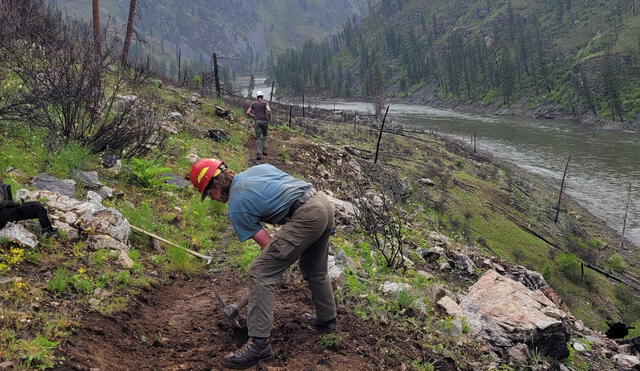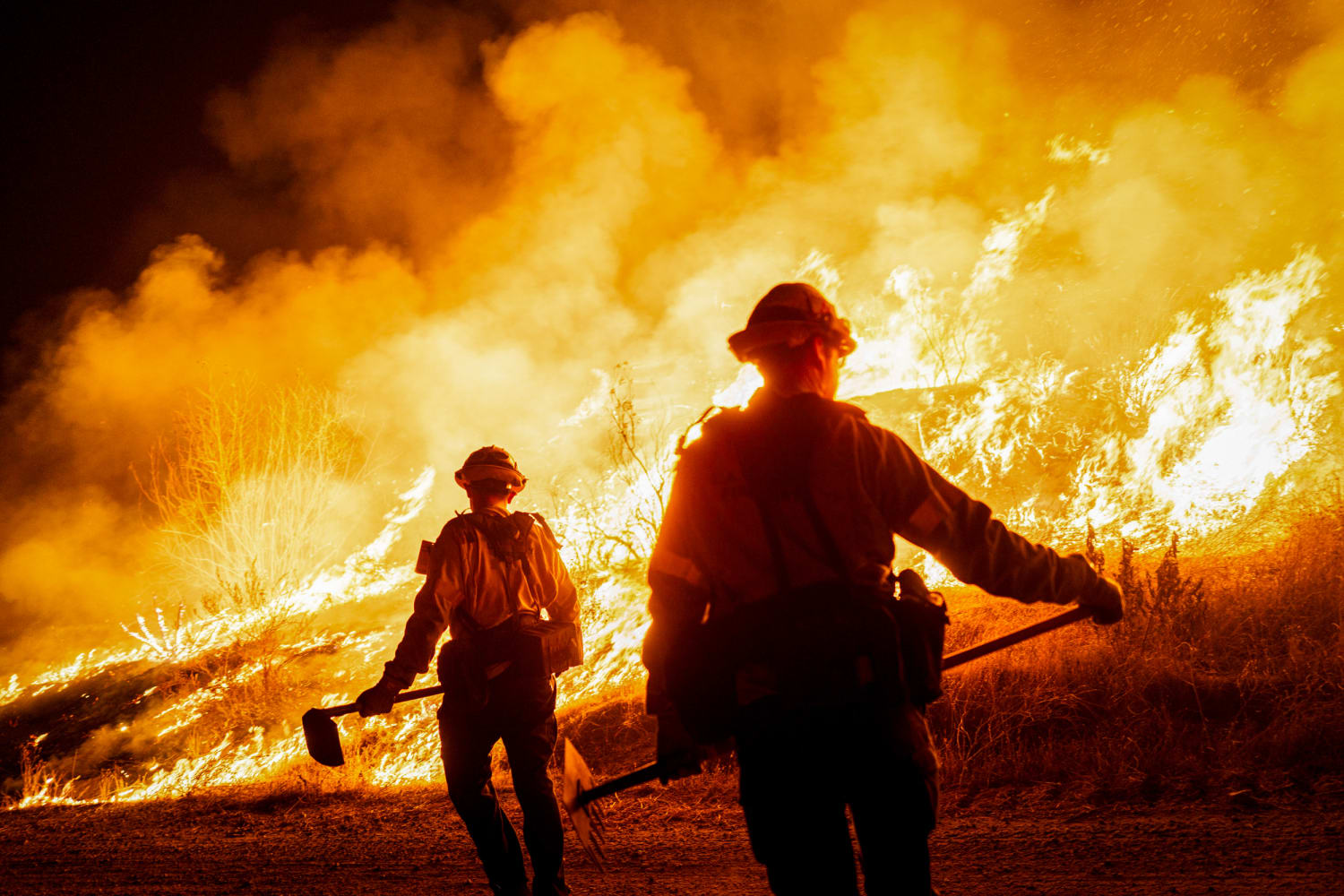Experts warn that mass layoffs in the U.S. increase wildfire risk in the West
Mass layoffs in U.S. federal agencies could worsen wildfire risks in the West, as fewer personnel are available for fire prevention and emergency response, raising concerns among experts and communities.

Recent staff reductions in U.S. federal agencies have raised concerns among experts and communities in the western part of the country. The decrease in personnel dedicated to wildfire prevention and firefighting could heighten the vulnerability of vast areas to future blazes. These administrative decisions, aimed at cutting costs, have led to the dismissal of thousands of specialized workers in land management and conservation.
The absence of this key personnel could compromise emergency response capabilities and hinder the implementation of risk mitigation programs. Meanwhile, the layoffs at the Forest Service, which came in the wake of the deadly fires that ravaged Los Angeles last month, are part of a wave of federal worker layoffs as President Donald Trump's cost-cutting measures reverberate across the country.

Trump's layoffs hit firefighter safety programs. Photo: NBC News.
Impact of the cuts on wildfire prevention
The affected employees played essential roles, such as maintaining trails, removing flammable debris, and directly supporting firefighting brigades. These activities are crucial to reducing the likelihood and intensity of wildfires, especially in regions prone to extreme weather conditions. The workforce reduction has also impacted collaboration with local organizations and the allocation of funds for prevention projects. Without these resources and partnerships, many community initiatives could stall, increasing risks for populations near forested areas.
“That terrifies me,” said Tanya Torst, who was fired from her position as partnerships coordinator for the U.S. Forest Service in Chico, California, on Feb. 14. Torst, whose probationary period in the position was to end in March, worked with groups to raise nearly $12 million for the removal of dead trees and other flammables in the Mendocino National Forest.
Reactions from communities and Western states’ local authorities
Local leaders and residents have expressed concerns about the potential consequences of these layoffs. In states like California and Washington, where wildfires have caused severe damage in recent years, uncertainty about emergency response capabilities is growing. Some state officials are considering contingency plans to compensate for the lack of federal personnel, but they acknowledge that resources are limited. Cooperation between agencies and communities will be crucial in facing the upcoming wildfire season’s challenges.
The combination of workforce reductions and increasingly extreme weather conditions presents a complex scenario for wildfire management in the western United States. Experts suggest that, in addition to reinstating the eliminated positions, investing in advanced technologies and community education programs is essential to strengthening resilience against these natural disasters.












